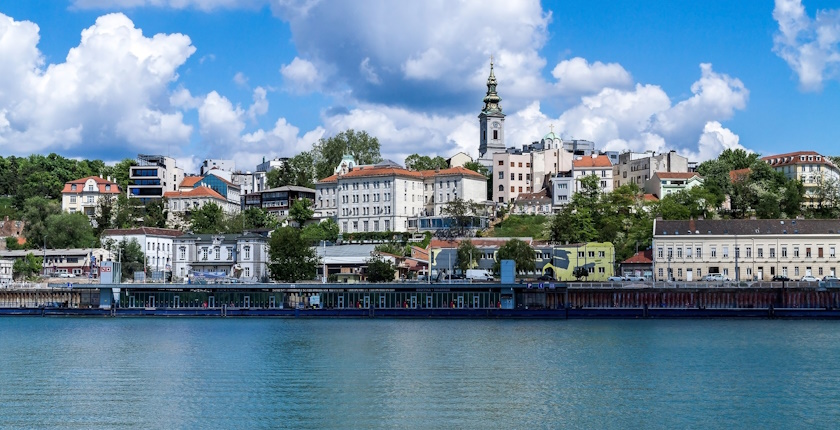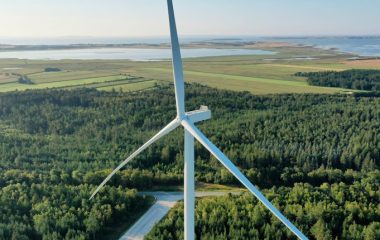
Photo: iStock
Share
Serbia needs to quickly cut its dependence on coal to a minimum, which is opening up opportunities for investments in a wide range of other energy technologies. With the completion of the first auctions and a call to select a strategic partner for 1 GW of solar power capacity, the deployment of photovoltaics and wind power is set to surge. If you are looking to invest, we invite you to submit questions you might have about the existing regulatory framework in the country. Our highly knowledgeable CMS Reich-Rohrwig Hainz lawyers will then be able to help you steer your development plans by addressing your concerns.
The fact speaks for itself when renewable energy developers have pending requests for the connection of wind and solar power projects of 22 GW in total to the transmission grid. Serbia’s entire electricity system, including the power distribution network, could only fit in 4.7 GW more at the moment.
The grid is becoming tight, just like throughout Europe. It means the Serbian renewable electricity market is hot, but also that investments in the power network need to keep up, though there are major projects underway.
Coal accounts for two thirds of domestic electricity production while the country needs to completely decarbonize the sector by 2050. Furthermore, coal-fired facilities are mostly obsolete, which is opening the way for substantial investments in other technologies in the medium term.
Electrification to further buoy demand
The government is aiming to get the renewables share in the mix to 45% by 2030. With the trend of electrifying everything and the expected surge in demand, there are also plans for gas power plants. In addition to the power sector, Serbia will decarbonize and expand its district heating systems, where there is also room and strong potential for geothermal energy.
Racing to secure their ongoing and new investments, utilities are adding battery storage, primarily in the solar power segment. The flagship Bistrica pumped storage hydropower project is envisaged to significantly help the deployment of wind power and photovoltaic systems.
The prosumer concept is attracting more and more companies in Serbia that strive to obtain their own source of electricity and cut bills
Legislative reforms in the sector have been enabling opportunities for citizens to participate in the energy transition, mostly with small photovoltaics. The prosumer concept is attracting more and more companies that strive to obtain their own source of electricity and cut bills. Some in the big industry are already going for their own large-scale photovoltaic projects without subsidies, to power the production facilities.
Serbia is scaling up renewables with auctions for renewable energy premiums as well, and with a call for a strategic partner to build large solar power plants with 1 GW in total capacity, accompanied by batteries. One of the domestic market’s pillars is SEEPEX, the most advanced power exchange in the Western Balkans.
CMS Reich-Rohrwig Hainz invites investors to submit questions about regulatory framework
To attract investors’ interest and to help them better understand Serbia’s regulatory framework and usual market models of project developments, we have invited CMS Reich-Rohrwig Hainz, one of the leading law offices in the region, to comment on the most common questions investors have for the development of energy projects in the country.
If you are interested in this opportunity, please suggest some questions by giving your consent below and filling in the form.
Please note that CMS does not undertake to answer all questions submitted. Hence, it is possible that your question will not be answered by CMS.









Be the first one to comment on this article.